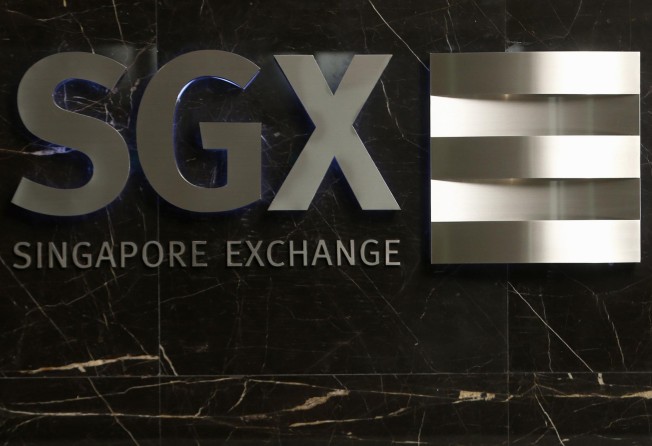Tale of two iron ore curves - Singapore or Dalian?
Swaps traded in Singapore suggest positive outlook while Dalian futures point to weakness

Iron ore swaps traded in Singapore are suggesting that the worst may be over for the steelmaking ingredient, but futures in Dalian point to further price weakness.
Both can't be correct, but the divergence does raise the question as to which group of investors has a more accurate gauge on the current balance of risks.
The Singapore Exchange's (SGX) iron ore swaps tend to be favoured by miners and traders, while the Dalian Commodity Exchange's (DCE) futures are mainly used by mainland steel mills and domestic investors.
The SGX iron ore swaps curve tends to move into backwardation before a price decline, reversing the process ahead of a rally by moving into contango.
The shape of the current SGX curve is extremely mild backwardation from the second month onwards, with the second-month contract priced at US$97.25 a tonne early on Monday, the six-month at US$96.58 and the 12-month at US$97.
Spot iron ore has been on a downward trend since December 4 last year, when it fetched US$139.70 a tonne. At that time, the SGX curve was steeply in backwardation, with the second-month contract at US$137.56, the six-month at US$127.50 and the 12-month at US$118.88.
The curve was last in significant contango in June last year, just as iron ore started a rally that saw it move from about US$110 a tonne to a peak of US$142.80 on August 14. So, the current shape of the SGX curve does not yet imply an imminent rally as it is still backwardated, even if slightly, but it also does not imply further price declines given the backwardation has almost disappeared.
The DCE iron ore contract, launched in October, has a shorter history, but it has quickly attracted volumes and the second-month future's open interest was 2,108 lots as of Friday.
It has tended to trade in backwardation, but it is not surprising given that spot iron ore has been declining since early December.
Currently, the DCE curve is steeply backwardated at the front end, easing slightly further out.
The backwardation at the front end of the curve is the steepest in the short history of the product, showing that DCE investors are probably more bearish on iron ore now than at any time in the past six months.
The second-month contract was at 769 yuan (US$123.43) a tonne on Friday, a premium of 8.7 per cent to the six-month.
This compares to a premium of 2.5 per cent on October 29, just ahead of a mild rally in spot iron ore that saw the price go from US$131.30 a tonne to US$139.70 on December 4.
The only other time there has been a rally in prices was from March 10 to April 9, and just before this period the second-month future was at a premium of 1.2 per cent to the six-month.
The DCE curve implies further iron ore price weakness is likely. The question is how to resolve the different signals from the two main markets.
It is possible that investors using the SGX contracts are more likely to respond to short-term price signals and news events.
An example would be the recent focus on the possible disruption of exports from Australia's Port Hedland, with tugboat workers threatening to strike at the harbour, which handles half of the shipments from the world's biggest iron ore exporter.
The strike was averted last week when the workers agreed to suspend any action for 30 days.
News that the flash reading for HSBC's China purchasing managers' index rebounded this month, coupled with record iron ore shipments from Australia to China last month may also have contributed to a view that the worst is over for prices.
Mainland investors using the DCE futures may be more likely to focus on the longer-term structural issues facing iron ore demand, such as the downturn in residential construction, weak profitability and overcapacity in steelmaking, and pressure to reduce pollution from coal.
Both groups are also probably concerned about the impact on prices from rising supply.
Australia exported 47 million tonnes of iron ore to China last month, up almost 46 per cent year on year. This shows that the wave of supply from new mines and expansions is starting to hit, with 240 million tonnes of new supply expected to be brought on line this year and next.
This makes the bearish view presented by the DCE futures curve the more likely scenario on a 12-month view.
However, the SGX curve suggests price stability for the next few months, which is possible if China's seasonal steel demand does pick up for summer and the PMIs confirm a manufacturing recovery is under way.
Reuters